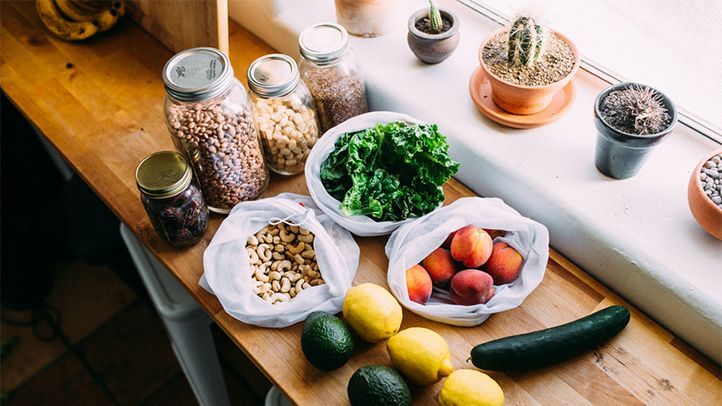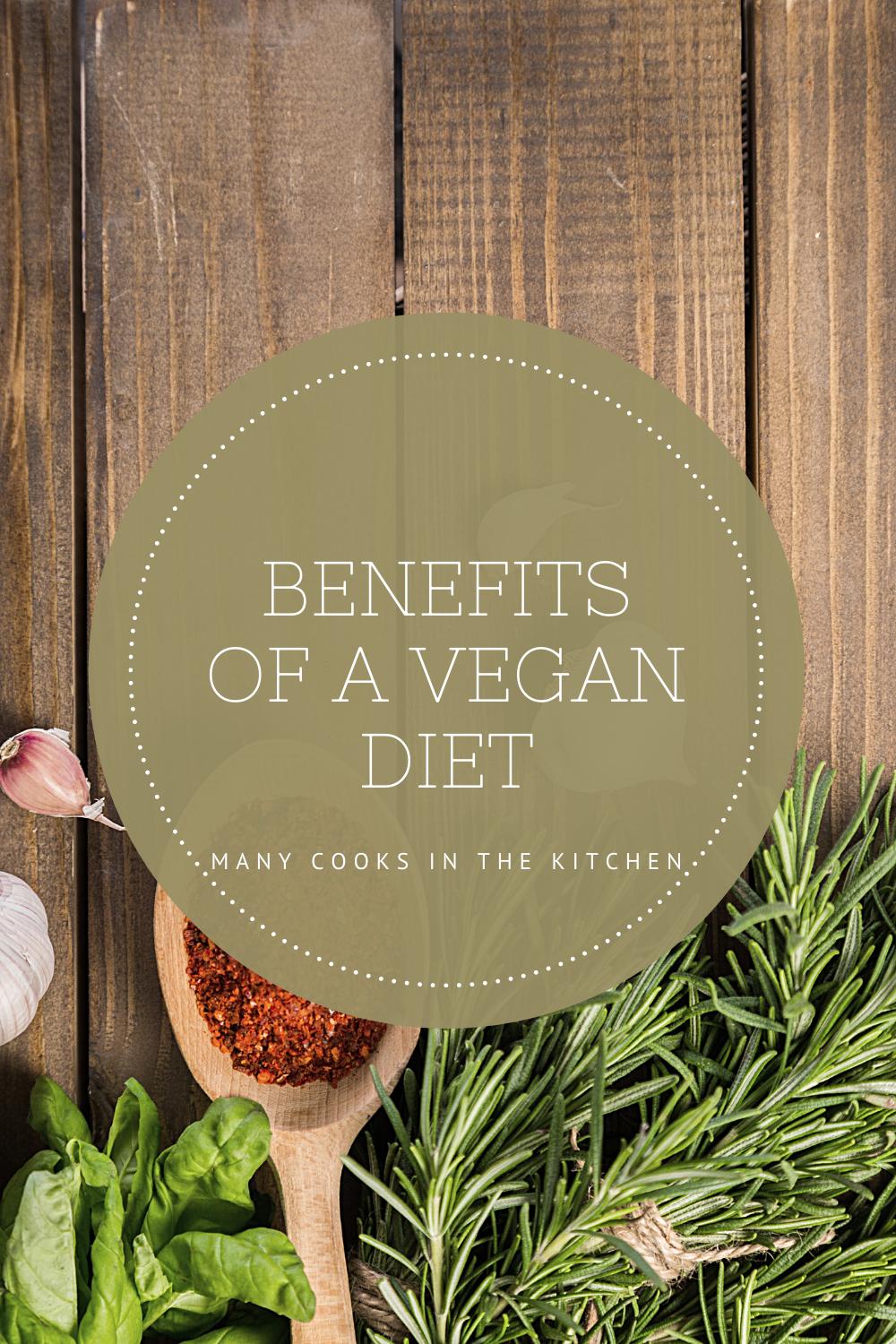
You might not be able to use your favorite legumes in vegan meals if you don't know their vegan status. Beans are a good source of protein and can be used in a variety of ways. Most baked beans are made of haricot beans. They can be baked at low temperatures in tomatoey flavored sauce. They are most commonly sold in tins. However, you can also make them fresh at-home or at restaurants.
Pinto beans
The pinto bean, a common bean, can be found in many cuisines. This bean is also known as the "painted" bean in Spanish and can be found throughout the Southwest of Mexico. It is commonly eaten raw, mashed, or refried. It is rich in protein, fiber, and antioxidants.
Pinto beans are largely sustainable and have little impact on the environment. The pinto bean is grown without the use of chemical pesticides. It is also low in cholesterol, and it contains very little fat or salt. It's a great choice for vegans because it has high fiber content.
Kidney beans
For many reasons, kidney beans are a great option for vegans. These beans are not vegan staples but they are high fiber, high protein, and low in carbon footprint. A kilogramme of cooked kidney bean has the same carbon footprint a car driving 6.75 miles or 7.75km. These beans are high in nutrition and have a lot of nutrients like zinc, iron, and magnese. In addition, they are high in antioxidants and contain a 6.5 pH level.

Kidney beans are high-fiber and have a large amount of resistant starch. This fiber can help to regulate blood sugar levels, and may play a role in weight management. Alpha-galactosides refers to the insoluble fiber contained in kidney beans. Flatulence and diarrhea can be caused by alpha-galactosides. These substances can be completely destroyed by cooking.
Green peas
Green peas are an excellent plant-based source of protein. You can boil them and then cook them. They are a great vegetarian option due to their high protein content. But they lack methionine, which is an essential amino acids.
Peas can be prepared fresh or frozen. They are versatile vegetables that go well with many soups. They are easy to prepare and are delicious in a variety of recipes. They can be prepared whole or as fresh peas. Shelling fresh peas is time-consuming and not ideal for busy people. To add creaminess, raw cashews may be used. Coconut milk can also be substituted for cashews.
Chickpeas
Chickpeas can be a great source for plant-based protein because they are naturally vegan and gluten-free. They can be dried or canned. They are a great choice for vegans and vegetarians due to their high nutritional content. Chickpeas are an excellent source of fiber, and they are low in glucose.
Chickpeas can go in many recipes. You can serve them as a side or main dish. To add additional nutrition, you could also add them into salads or bowls. They can be paired with rice. They are delicious with squash or mashed potatoes.

Black soybeans
Black soybeans are versatile vegan food that can go with many dishes. They are high in protein and fiber. They have a mild, nuanced flavor that works well with many recipes. Black soybeans are also rich in antioxidant flavonoids, which have cardiovascular benefits. Japanese New Year's Eve, black soybeans are known as kuromame in Japan. For best results, soak the beans overnight in saltedwater.
Black soybeans taste sweeter than other types of soybeans. Because their skins are more delicate, it is important to carefully cook them. Cooking them in salted water will preserve the skin and ensure proper cooking.
FAQ
Exercise: Is it good or bad for immunity?
Exercise is good for your immune system. Your body creates white blood cells, which are immune-boosting and fight infection. You can also eliminate toxins from the body. Exercise can help prevent heart disease and cancer. It also reduces stress levels.
Exercising too often can cause your immune system to be weaker. Exercising too hard can make your muscles sore. This causes inflammation and swelling. To fight infection, your body will produce more antibodies. This can lead to allergic reactions and other autoimmune disorders.
So, don't overdo it!
What is the difference of a virus from a bacteria?
A virus is an organism microscopic that can't reproduce outside its host cells. A bacterium, a single-celled organism, reproduces by splitting into two. Viruses measure only 20 nanometers in diameter, but bacteria is up to 1 millimeter in size.
Viruses spread easily through contact with bodily fluids infected, including saliva and urine, semen, vaginal secretions or pus. Bacteria are often spread via direct contact with contaminated surfaces and objects.
Viral infections may enter the body through cuts, scrapes. bites and other skin breaks. They can also enter the body through the nose and mouth, eyes, ears or rectum.
Bacteria can enter the body through cuts, scrapes burns and other injuries to the skin. They may also come into our bodies through food, water, air, soil, dust, or animals.
Both bacteria and viruses cause illness. Viruses cannot multiply in their host cells. Viral infections can only cause diseases in living cells.
Bacteria can grow in their hosts and cause disease. They can invade other areas of the body. To kill them, we must use antibiotics.
How much should I weigh for my height and age? BMI calculator & chart
A body mass index calculator (BMI) is the best way to find out how much weight you should lose. A healthy BMI range lies between 18.5 and 24,000. If you want to lose weight, then you should aim to drop about 10 pounds per month. Enter your height and weight to calculate your BMI.
This BMI chart will help you determine if your body is overweight or obese.
How can I live my best life everyday?
It is important to identify what makes you happy. Once you've identified what makes your happy, you can start to work backwards. Asking others about their lives can help you to see how they live the best life possible.
You might also enjoy books like "How to Live Your Best Life", by Dr. Wayne Dyer. He speaks about happiness and fulfillment in all areas of life.
How to measure body weight?
A Body Fat Analyzer will give you the most accurate measurement of body fat. These devices are used for measuring the percentage of body fat in people who want to lose weight.
Statistics
- In both adults and children, the intake of free sugars should be reduced to less than 10% of total energy intake. (who.int)
- According to the Physical Activity Guidelines for Americans, we should strive for at least 150 minutes of moderate intensity activity each week (54Trusted Source Smoking, harmful use of drugs, and alcohol abuse can all seriously negatively affect your health. (healthline.com)
- WHO recommends consuming less than 5% of total energy intake for additional health benefits. (who.int)
- Extra virgin olive oil may benefit heart health, as people who consume it have a lower risk for dying from heart attacks and strokes according to some evidence (57Trusted Source (healthline.com)
External Links
How To
What does the term "vitamins" mean?
Vitamins can be described as organic compounds found in food. Vitamins help us absorb nutrients from foods we eat. Vitamins cannot be produced by the body. They must be obtained from food.
Two types of vitamins exist: water soluble and oil soluble. Water-soluble vitamins dissolve readily in water. These include vitamin C (thiamine), Vitamin B1 (riboflavin), Vitamin B2 (riboflavin), Vitamin B3 (niacin), Vitamin B6 (pyridoxine), Vitamin C, B1 (thiamine), Vitamin B2 (riboflavin), Vitamin B3 (niacin), and Vitamin B6 (pyridoxine). The liver and fatty tissue are the main storage places for fat-soluble vitamins. Some examples include vitamin D and E, K, A, beta carotene, and A-vitamins.
Vitamins can be classified according to biological activity. There are eight major groups of vitamins:
-
A - Vital for healthy growth.
-
C - vital for nerve function and energy generation
-
D - Essential for healthy teeth and bones.
-
E - needed for good vision and reproduction.
-
K - Essential for healthy muscles and nerves.
-
P - Vital for strong bones and teeth.
-
Q - aids digestion, absorption and absorption iron
-
R - necessary for making red blood cells.
The recommended daily allowance (RDA) of vitamins varies depending on age, gender, and physical condition. The U.S. Food and Drug Administration (FDA) sets the RDA values.
For adults 19 years and over, the RDA vitamin A intake is 400mg/day. Pregnant women require 600 micrograms daily to support fetal development. Children ages 1-8 require 900 micrograms per day. Children under 1 year old require 700 micrograms daily, while infants over one year old need 500 micrograms every day. This decreases between 9 and 12 months.
Children aged 1-18 require 800 micrograms of sugar per day, while those who weigh more than 1200 need 1000. For their nutritional needs, underweight children need 1200 mg per day.
Children aged 4-8 years old who have been diagnosed as having anemia require 2200 micrograms of vitamin C per day.
2000 micrograms daily is required for adults over 50 to maintain their general health. Because of their higher nutrient needs, women who are pregnant or nursing need 3000 mg per day.
1500 micrograms is the recommended daily intake for adults aged 70+, as they lose 10% of their muscle every ten years.
Women who have been pregnant or are lactating require more than the RDA. Pregnant women need 4000 micrograms per dayduring pregnancy and 2500 micrograms per day after delivery. Breastfeeding mothers need to consume 5000 micrograms each day when breastmilk has been produced.